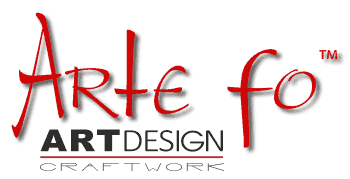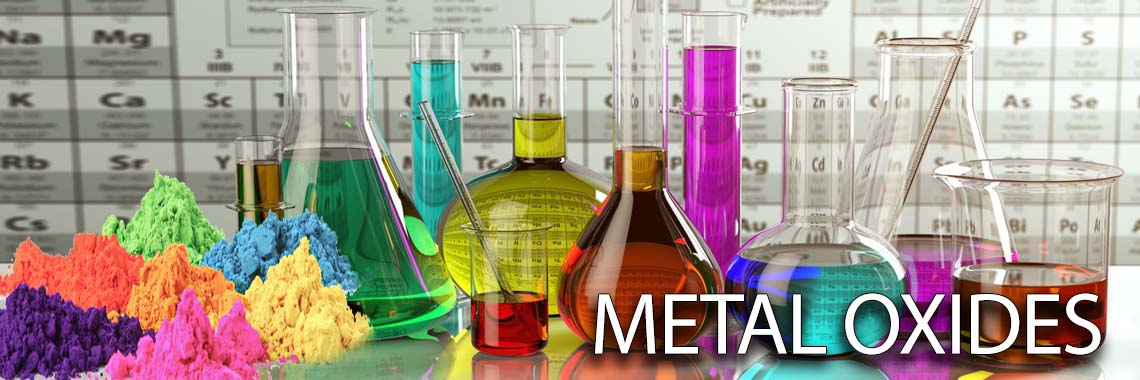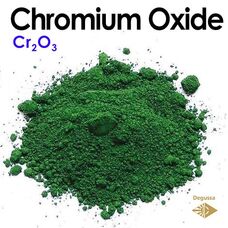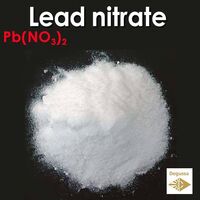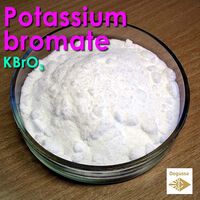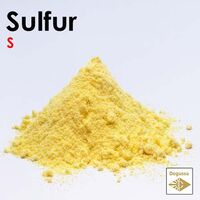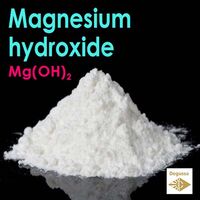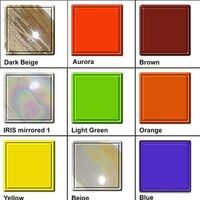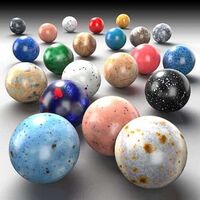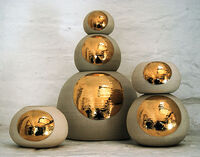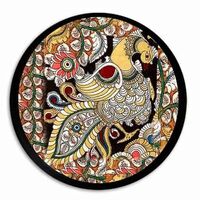What does chromium oxide do in a glaze? How do you use oxides in ceramics? What does oxide mean in pottery? Is chromium oxide the same as chrome oxide
Cr2O3
Chromium(III) oxide, also known as chromic oxide or green chromium oxide, is a chemical compound with the formula Cr2O3. It is a green-colored powder and is one of the principal oxides of chromium.
Here are some key points about Chromium(III) oxide and its uses:
Pigments: Chromium(III) oxide is primarily used as a pigment in various applications. Its intense green color makes it valuable in the production of paints, inks, and ceramics. It provides a stable and durable green coloration.
Refractory Material: Chromium(III) oxide has high melting and thermal stability, making it useful as a refractory material. It is employed in the production of refractory bricks, coatings, and crucibles that are resistant to high temperatures.
Abrasives: Chromium(III) oxide is used as an abrasive material, particularly in polishing and grinding applications. It is incorporated into abrasive compounds, pastes, and powders for metal finishing, lapping, and polishing operations.
Magnetic Recording: Chromium(III) oxide is utilized in magnetic tape production. It is applied as a magnetic coating on tapes, allowing the recording and storage of audio and video signals.
Catalysts: Chromium(III) oxide can serve as a catalyst in certain chemical reactions. It finds application in the manufacturing of organic compounds, such as the synthesis of alcohols or organic dyes.
Ceramics and Glass: Chromium(III) oxide is added to ceramics and glass compositions to impart green coloration. It is used in the production of decorative glass, tiles, and ceramic glazes.
Pigment Stabilizer: Chromium(III) oxide is sometimes employed as a stabilizer for other pigments. It helps to prevent color changes and fading caused by exposure to light or other environmental factors.
It's important to note that while Chromium(III) oxide is generally considered safe and stable, it is always advisable to handle chemicals with care. Some chromium compounds, including hexavalent chromium, can be toxic and hazardous. However, Chromium(III) oxide is not readily converted to the more toxic hexavalent form.Because of its considerable stability, chromia is a commonly used pigment. It was originally called viridian. It is used in paints, inks, and glasses. It is the colorant in "chrome green" and "institutional green." Chromium(III) oxide is a precursor to the magnetic pigment chromium dioxide, by the following reaction: Along with many other oxides, it is used as a compound when polishing (also called stropping) the edges of knives, razors, surfaces of optical devices, etc. on a piece of leather, balsa, cloth or other material. It is available in powder or wax form, and in this context, it is known as a "green compound".
Chromium(III) Oxide - Uses in Pottery
Chrome oxide is a very refractory ceramic colorant (even a 50% mix with a high borax frit will not even begin to melt it in a crucible). Chrome oxide is the only stable oxide of the metal chromium. It is a bright to dark green crystalline powder insoluble in alkalis and acids. It is manufactured from the mineral Chromite mined in southern Africa, Asia, Turkey, and Cuba. As with other powerful coloring agents, chrome must be milled fine enough to eliminate specking in glass or glaze. Chromium is a 'fast' colorant, meaning can produce strong green colors under all furnace conditions, slow or fast, reducing or oxidizing. It is also a flat colorant (due to its refractory nature), it usually produces an army helmet opaque green. It is powerful, typically only 2% will produce a dark color. It cannot be used to make a metallic glaze. Chrome oxide is usually employed in raw glazes whereas potassium dichromate is used in fritted glazes. Since Cr2O3 becomes 2CrO3, oxygen is captured from the surroundings, thus the percentage (or conversion factor) is greater than 100. Metallic oxides with 50% Ferro frit 3134 in crucibles at cone 6ox. Chrome and rutile have not melted, copper and cobalt are extremely active melters. Cobalt and copper have crystallized during cooling, manganese has formed an iridescent glass.
Chromium green is a vibrant green pigment derived from chromium compounds. It is commonly used in various applications, including ceramics
Formula: Cr2O3
Molecular Weight: 151.9904 g/mol
Form: powder
CAS Number: 1308-38-9
Density: 5.22 g/cm³
Synonyms: Chromium(III) oxide, Dichromium trioxide, Chromia, Chromium sesquioxide
Chromium(III) oxide Chromia Demystifying for Fantastic Glaze Chromium green
- Brand: Degussa
- Product Code: Oxide - Chromium Oxide - Cr2O3
- SKU: Cr2O3
- Availability: 998
-
1.19€
Available Options
Related Products
Lead(II) nitrate - Pb(NO3)2 - Lead Nitrate
Pb(NO3)2 Known since the Middle Ages by the name plumbum dulce, the production of lead(II) nitrate from either meta..
3.99€
Potassium bromate (KBrO3)
KBrO3 Potassium bromate (KBrO3) is a chemical compound composed of potassium, bromine, and oxygen. It is a white cr..
1.99€
SULFUR - Unlocking the Power of Sulphur Powder: Applications, Benefits, and Safety
S Sulfur is a chemical element with the symbol "S" and the atomic number 16. It is a non-metal and is found in the ..
0.99€
Magnesium hydroxide - Milk of magnesia
Mg(OH)2 Magnesium hydroxide is the inorganic compound with the chemical formula Mg(OH)2. It occurs in nature as the..
0.59€
Tags: oxides
